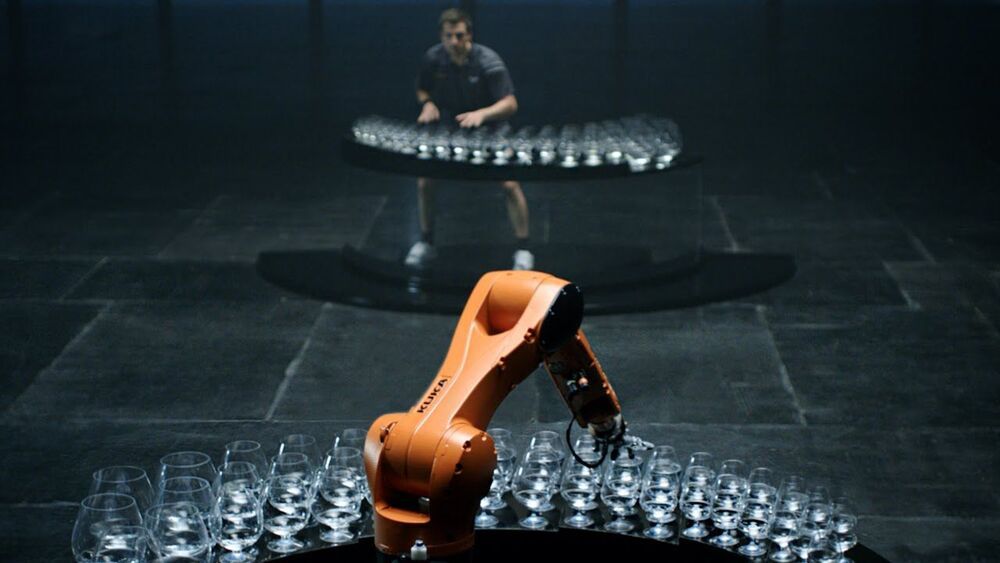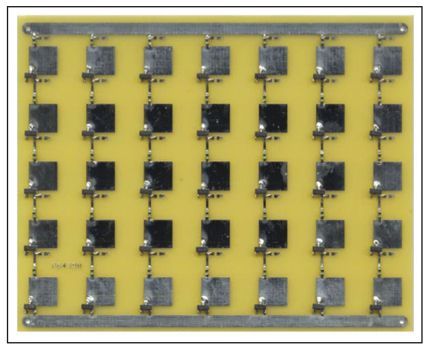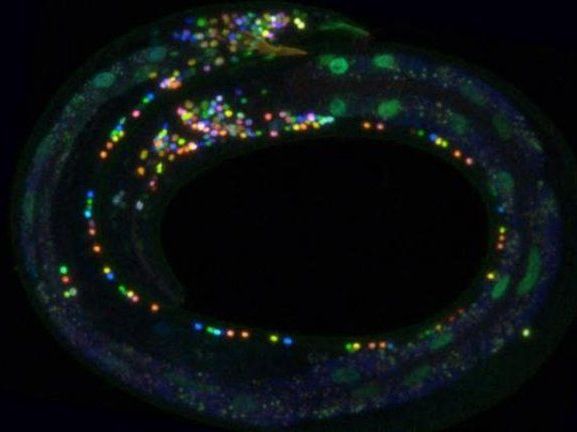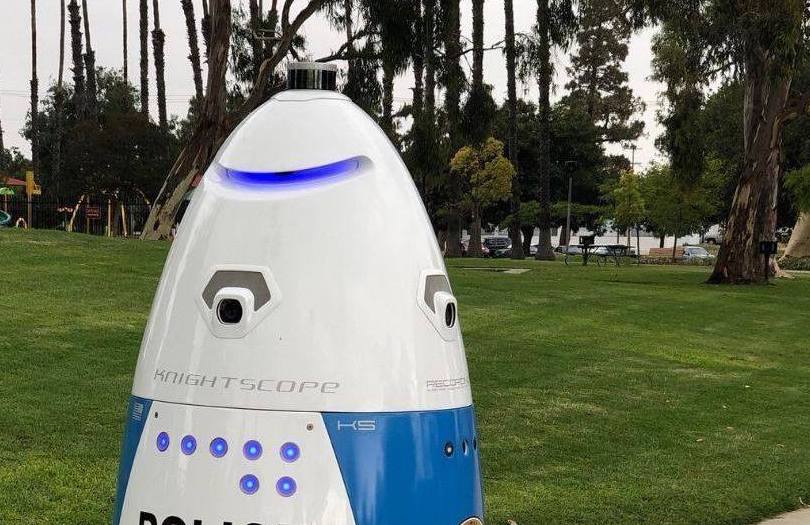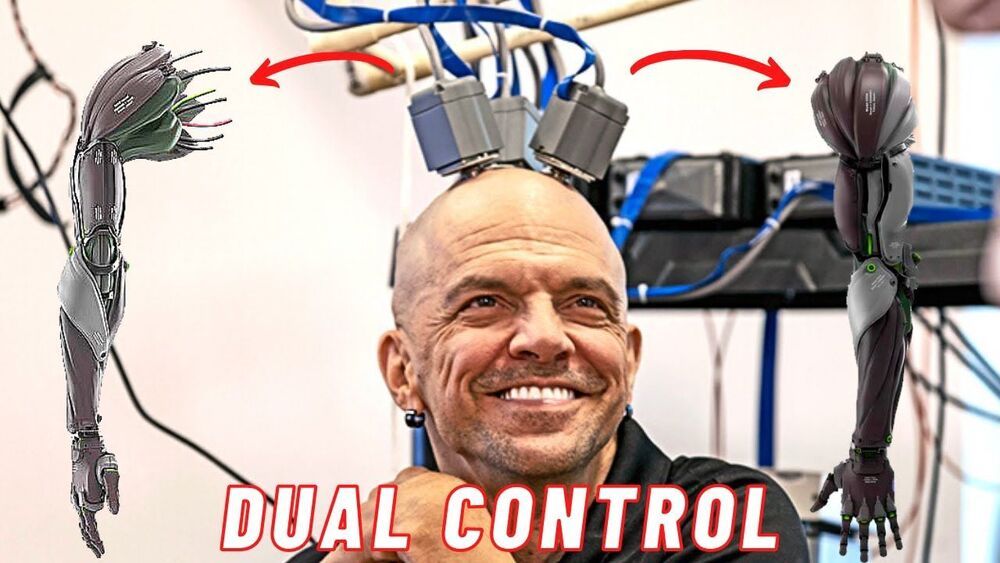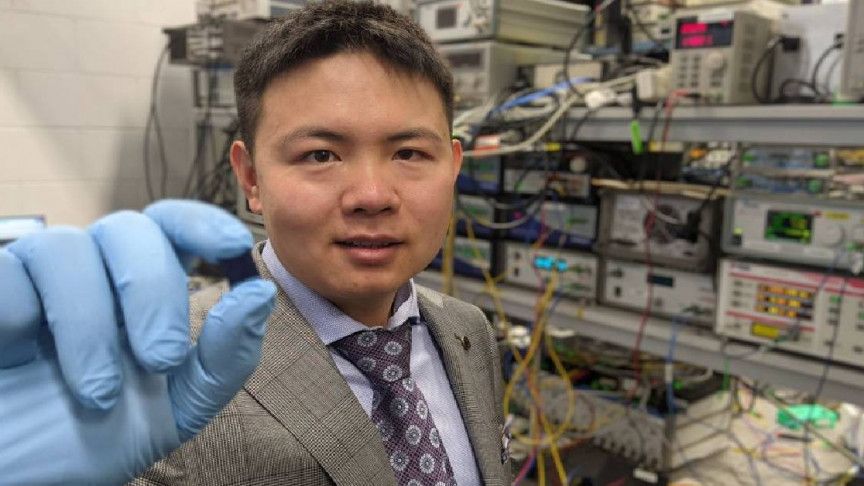These picks will keep your home smelling fresh.
Category: robotics/AI
Circa 2015
Last year, Timo Boll challenged the KUKA KR AGILUS in his area of expertise: table tennis. Now, it is up to Timo to prove his qualities in a completely different kind of duel.
The revenge is on. Man and machine are ready. The KUKA KR AGILUS and Timo Boll face each other for a new match. But this time, there are no rackets and no balls – there’s only glass.
Watch this fantastic commercial featuring two worthy opponents that both provide utmost precision, speed and flexibility.
Which side are you on? Are you “Team AGILUS”, supporting one of the fastest robots on earth? The KUKA KR AGILUS is unrivaled in his payload class and offers a lot of other talents, too, e.g. in picking and placing, assembling, loading and unloading machines. Or are you “Team Timo”, backing Timo Boll, the terrific German table tennis star and brand ambassador for KUKA Robotics?
Who will break first? Check out now.
For everyone who missed the first duel – just check out https://www.youtube.com/watch?v=tIIJME8-au8
More: https://www.kuka.com/timo.
Circa 2010
Unmanned aerial vehicles, or UAVs, are used in many applications to gather intelligence without risking human lives. These aircraft, however, have limited flight time because of their reconnaissance payload requirements coupled with their limited scale. A microwave-powered flight vehicle would be able to perform a reconnaissance mission continuously.
Using beamed microwave energy from a remote source on the ground, the airplane gathers energy using onboard antennas. A rectifying antenna, or rectenna, harvests power and rectifies it into a form usable by an onboard electric motor that drives the propeller, providing thrust. Using a rectenna array affixed to the underside of the aircraft, the power needed to maintain flight can be remotely transmitted.
The idea of a fuel-less flight vehicle, or an aircraft that does not carry its own fuel, has been pursued in few different forms over the past decades. There are many different approaches for how to power these vehicles; however, the common theme is that power must be transmitted from a source remote to the aircraft. Some of the possibilities for power transmission include solar power, the heating of air underneath the aircraft to cause thrust, and using antennas to convert microwave radiation into electrical power.
Summary: A newly developed technique dubbed NeuroPAL is helping researchers investigate the dynamics of neural networks in the nervous system of microscopic worms.
Source: Columbia University.
The human brain contains approximately 86 billion neurons, or nerve cells, woven together by an estimated 100 trillion connections, or synapses. Each cell has a role that helps us to move muscles, process our environment, form memories, and much more.
Moonshot Thinking For Aging, Mental Health, And Drug Re-Purposing — Dr. Tim R. Peterson.
Washington University in St. Louis.
Dr. Tim R. Peterson PhD. is Assistant Professor, in the Department of Medicine, at Washington University in St. Louis.
Dr. Peterson went to the Massachusetts Institutes of Technology (MIT) where he received his doctorate in biology.
Dr. Peterson’s lab is interested in quality of life issues that affect all people, indirectly or directly, and two critical conditions that his lab is especially interested in are aging (specifically research on health span – the healthy period of one’s life) and mental health / mental health equality for all people.
Dr. Peterson’s lab takes both molecular and population-level approaches to identify causal factors underlying these global public health issues. In particular, his lab is uses computational approaches, such as natural language processing and machine learning for co-expression analysis, as well as “wet-lab” approaches, such as high-throughput sequencing, CRISPR screening, and metabolomics.
Smartwatches and other battery-powered electronics would be even smarter if they could run AI algorithms. But efforts to build AI-capable chips for mobile devices have so far hit a wall—the so-called “memory wall” that separates data processing and memory chips that must work together to meet the massive and continually growing computational demands imposed by AI.
“Transactions between processors and memory can consume 95 percent of the energy needed to do machine learning and AI, and that severely limits battery life,” said computer scientist Subhasish Mitra, senior author of a new study published in Nature Electronics.
Now, a team that includes Stanford computer scientist Mary Wootters and electrical engineer H.-S. Philip Wong has designed a system that can run AI tasks faster, and with less energy, by harnessing eight hybrid chips, each with its own data processor built right next to its own memory storage.
The arrival of government-operated autonomous police robots does not look like predictions in science fiction movies. An army of robots with gun arms is not kicking down your door to arrest you. Instead, a robot snitch that looks like a rolling trash can is programmed to decide whether a person looks suspicious —and then call the human police on them. Police robots may not be able to hurt people like armed predator drones used in combat— yet —but as history shows, calling the police on someone can prove equally deadly.
Long before the 1987 movie Robocop, even before Karel Čapek invented the word robot in 1920, police have been trying to find ways to be everywhere at once. Widespread security cameras are one solution—but even a blanket of CCTV cameras couldn’t follow a suspect into every nook of public space. Thus, the vision of a police robot continued as a dream, until now. Whether they look like Boston Dynamics’ robodogs or Knightscope’s rolling pickles, robots are coming to a street, shopping mall, or grocery store near you.
The Orwellian menace of snitch robots might not be immediately apparent. Robots are fun. They dance. You can take selfies with them. This is by design. Both police departments and the companies that sell these robots know that their greatest contributions aren’t just surveillance, but also goodwill. In one brochure Knightscope sent to University of California-Hastings, a law school in the center of San Francisco, the company advertises their robot’s activity in a Los Angeles shopping district called The Bloc. It’s unclear if the robot stopped any robberies, but it did garner over 100000 social media impressions and Knightscope claims the robot’s 193 million overall media impressions was worth over $5.8 million. The Bloc held a naming contest for the robot, and said it has a “cool factor” missing from traditional beat cops and security guards.
Hyundai and Apple teaming up to challenge Tesla? 😃
Apple and Hyundai plan to sign a deal that would lead to a “beta” version of an Apple electric vehicle as early as 2022, according to a Sunday report from Reuters.
Reuters cited a report from Korea IT News that said the companies are planning to sign a deal by March 2021 to partner on the self-driving electric cars, according to a Sunday report from Korea IT News.
With a deal in place, the companies may have a beta version of the vehicle ready by next year, according to the report. Mass production of the self-driving electric vehicles could begin by 2024. The plan would be to build about 100000 vehicles in the US that year, according to Reuters.
https://www.youtube.com/watch?v=FH_qe_mfF7Q&feature=youtu.be
Hey it’s Han from WrySci HX coming to you with exciting news out of Johns Hopkins University. A man was able to control two robotic arms simultaneously via a brain computer interface to the point of feeding himself. Amazing stuff! More below ↓↓↓
Subscribe! =]
Please consider supporting 🙏
Patreon: https://www.patreon.com/wrysci_hx.
Follow me on twitter: https://twitter.com/han_xavier_
Or better yet, consider supporting any of the following =].
RELATED: HUAWEI LAUNCHES WORLD’S MOST POWERFUL AI PROCESSOR
Optical micro-combs.
The invention could revolutionize neural networks and neuromorphic processing in general. “This breakthrough was achieved with ‘optical micro-combs’, as was our world-record internet data speed reported in May 2020,” said in a statement Swinburne’s Professor David Moss.

